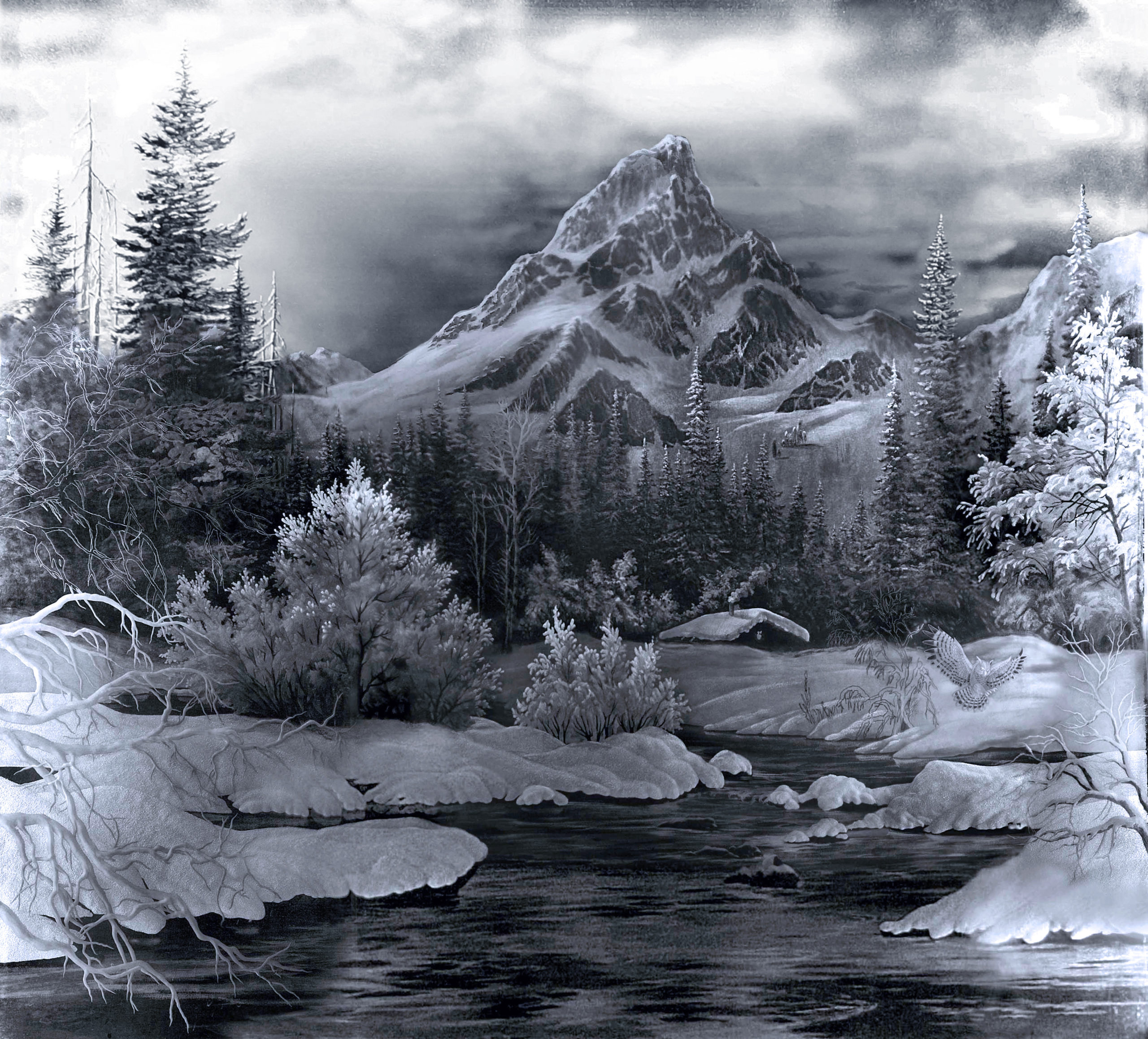The figures of Angels are much larger than human growth due to the sketchiness, lightness of the image, their translucency do not interfere with the perception of the entire space as a whole.
Most of the figures are made actively polished with subsequent application of matte fine graphics. They are read in completely different ways depending on the point of view – from the background to which they fall when viewing. Sometimes sparkling, catching light, sometimes reminiscent of a chalk drawing on a dark background. And against the background of a light sky, they become dark.
His technique of engraving with stone grinding wheels gives the work a grain and a shade of chalk drawing, and, unlike the clear and restrained lines of traditional engraving, allows him to convey the effect of preliminary sketches.
Unfortunately, we have not yet been able to obtain more information about the very process of its work. The presented photographs are undoubtedly staged. It is known from the available texts that the figures of Angels of this size were engraved with stone circles. In the process of work, the circles were moistened with a damp sponge, the removed glass sludge was sucked off by a vacuum cleaner.

